walls are open; should we wire for FIOS?
plumberry
10 years ago
Related Stories

DIY PROJECTSHide All Those Wires in a DIY Charging Station
Keep your gadgets handy and charged with a flexible storage board you can design yourself
Full Story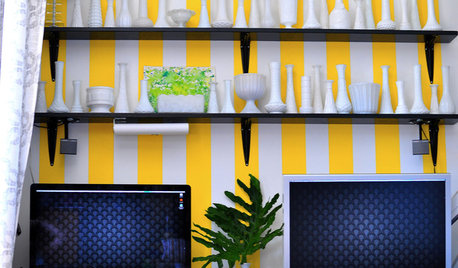
ACCESSORIESHow to Hide Those Messy Wires
Untangle Yourself From Ugly Electrical Cords With a Few Tricks and Accessories
Full Story
HOUZZ TOURSHouzz Tour: Sliding Doors Open Up a Small Space in New York City
A wall teardown and custom treatments add more options for living and entertaining in a 450-square-foot apartment
Full Story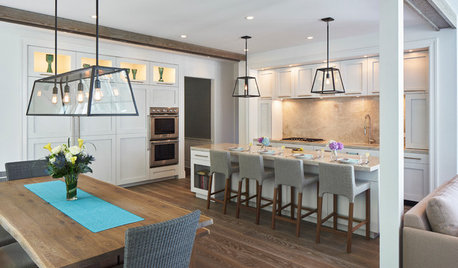
KITCHEN OF THE WEEKKitchen of the Week: Grand Opening for an Extended Family
A kitchen remodel knocks down walls and brings in more light, space and style
Full Story
HOUZZ TOURSHouzz Tour: Opening Up a Midcentury Schreiber Home in Phoenix
With fewer walls and a respectful addition, this Arizona feels less boxed in
Full Story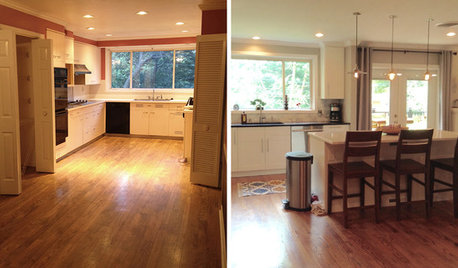
BEFORE AND AFTERSReader Kitchen: An Open-Plan Space in St. Louis for $44,000
A couple tear down a wall and create an airy cooking, dining and living space filled with light
Full Story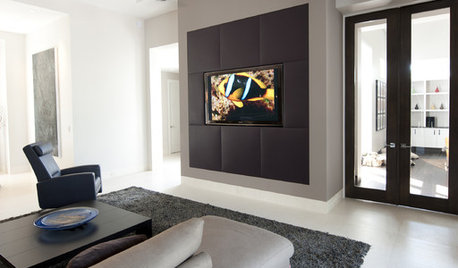
MORE ROOMSMedia Wall Hides the Television in Plain Sight
Award-winning media wall makes TV screen part of the design, hides the wires away
Full Story
DIY PROJECTSHide Cords in Style With DIY Graphic Panels
Keep wires under wraps for a neater-looking home office or media center, with wall panels you make to your exact taste
Full Story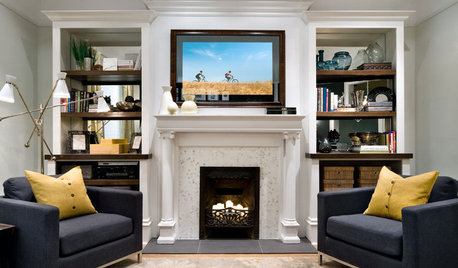
HOME TECHSave Your Decor — Hide Your Media Stuff
When you tuck boxes, wires and speakers into walls and ceilings, all you'll notice is your favorite shows or music
Full Story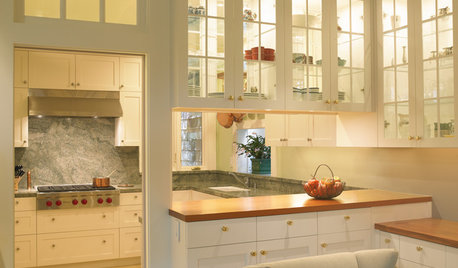
KITCHEN DESIGNHave Your Open Kitchen and Close It Off Too
Get the best of both worlds with a kitchen that can hide or be in plain sight, thanks to doors, curtains and savvy design
Full Story







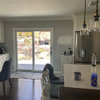
weissman
willtv
Related Professionals
Arlington Kitchen & Bathroom Designers · Alpine Kitchen & Bathroom Remodelers · Crestline Kitchen & Bathroom Remodelers · Franconia Kitchen & Bathroom Remodelers · Londonderry Kitchen & Bathroom Remodelers · Luling Kitchen & Bathroom Remodelers · Omaha Kitchen & Bathroom Remodelers · Spanish Springs Kitchen & Bathroom Remodelers · Gibsonton Kitchen & Bathroom Remodelers · Bonita Cabinets & Cabinetry · Key Biscayne Cabinets & Cabinetry · Wildomar Cabinets & Cabinetry · Central Cabinets & Cabinetry · North Plainfield Cabinets & Cabinetry · Corsicana Tile and Stone Contractorsweedmeister
calumin
plumberryOriginal Author
plumberryOriginal Author
calumin
rococogurl
HarvestGold
calumin